
Reach for the strategic blue-sky possibility
R&D that’s relevant now is important, but so is the basic work that may lead to breakthrough capabilities down the track

R&D that’s relevant now is important, but so is the basic work that may lead to breakthrough capabilities down the track

Traditional methods of simulating and comprehending complex systems are often insufficient in the connection between human population behaviours and physical infrastructure.
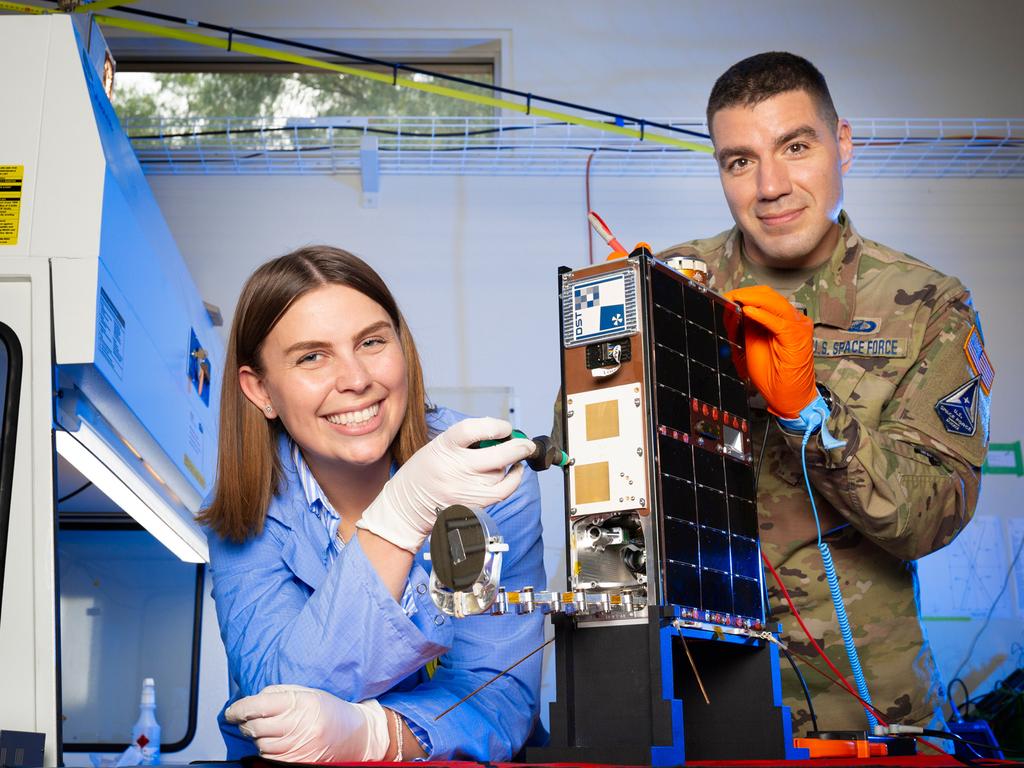
Australia needs ‘clever’ defence systems and equipment to protect the nation’s interests across a huge landmass and expanse of ocean, says Chief Defence Scientist Tanya Monro.
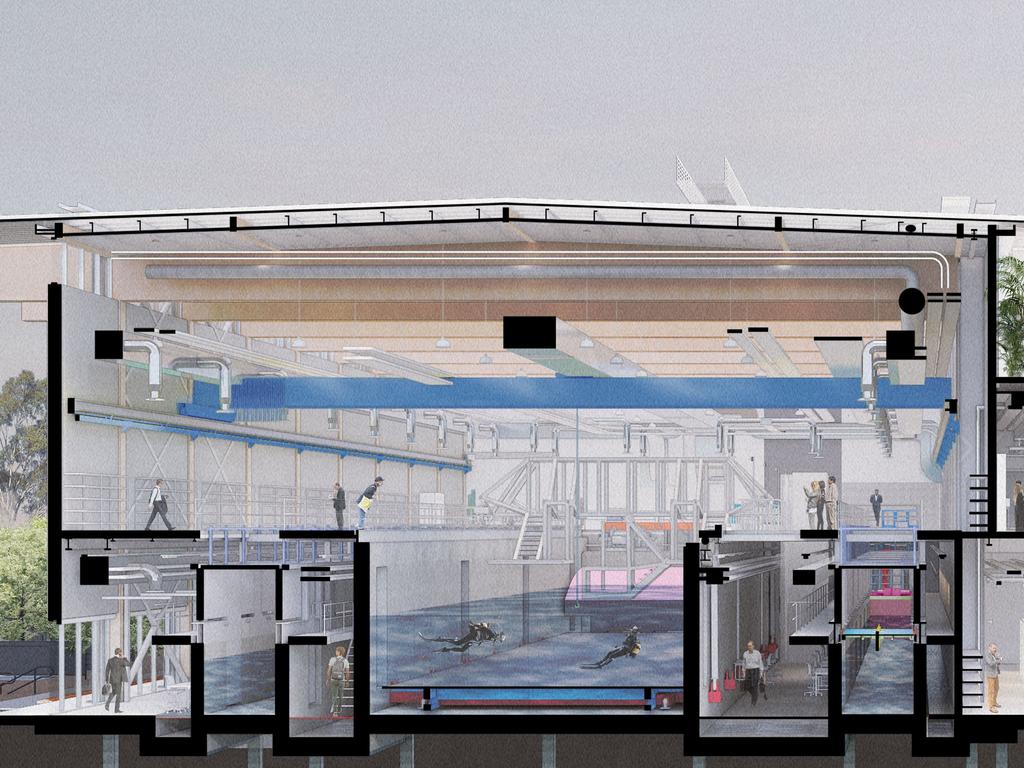
Our security environment is becoming more volatile and the need for collaboration between universities, industry and government is stronger than ever.
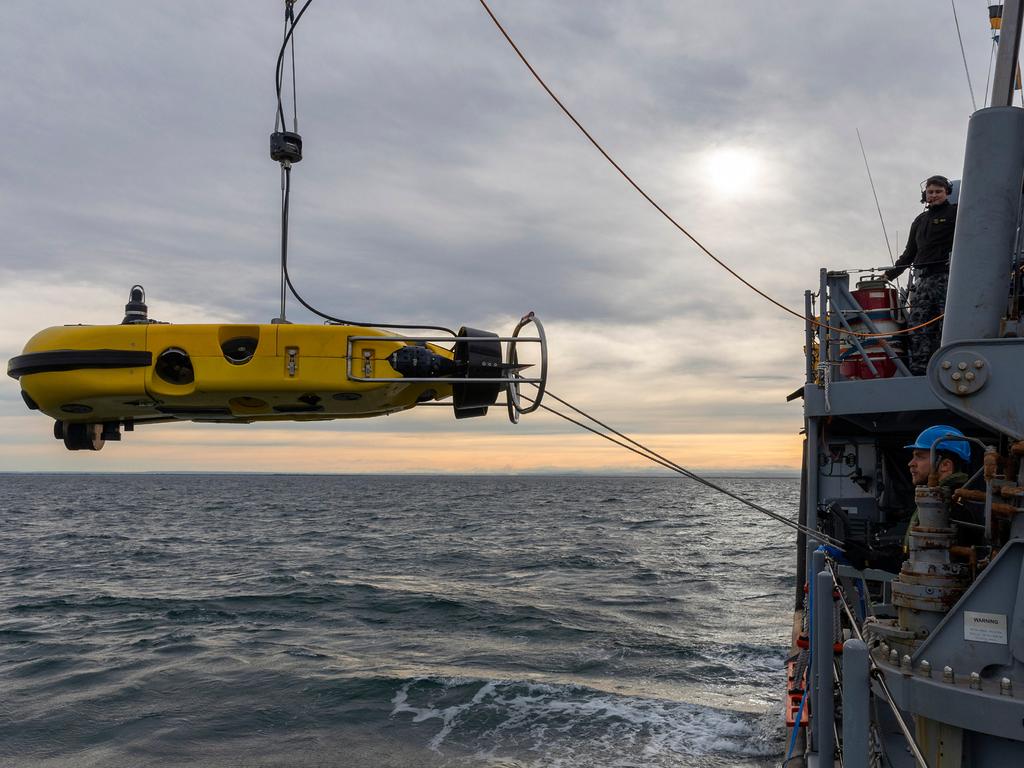
A major mindset change is needed to develop new capabilities much more quickly, says Chief Defence Scientist Tanya Munro
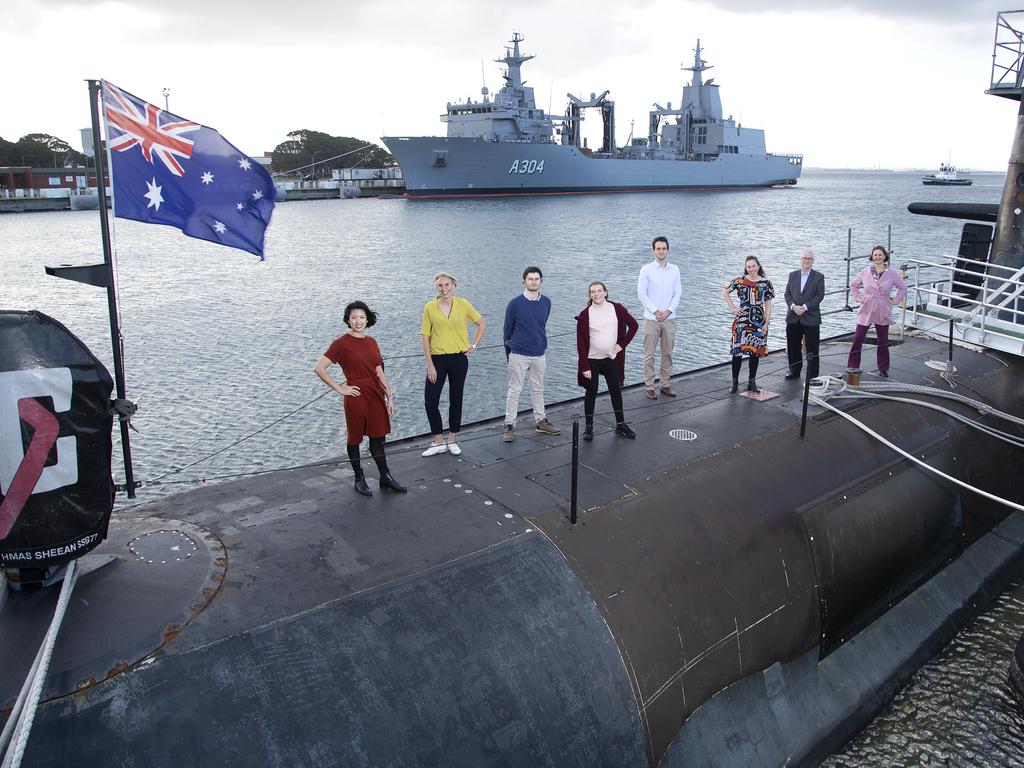
Curtin has built an exceptional reputation for innovation through cutting-edge research.This success is now being extended to address critical national resilience and security needs.
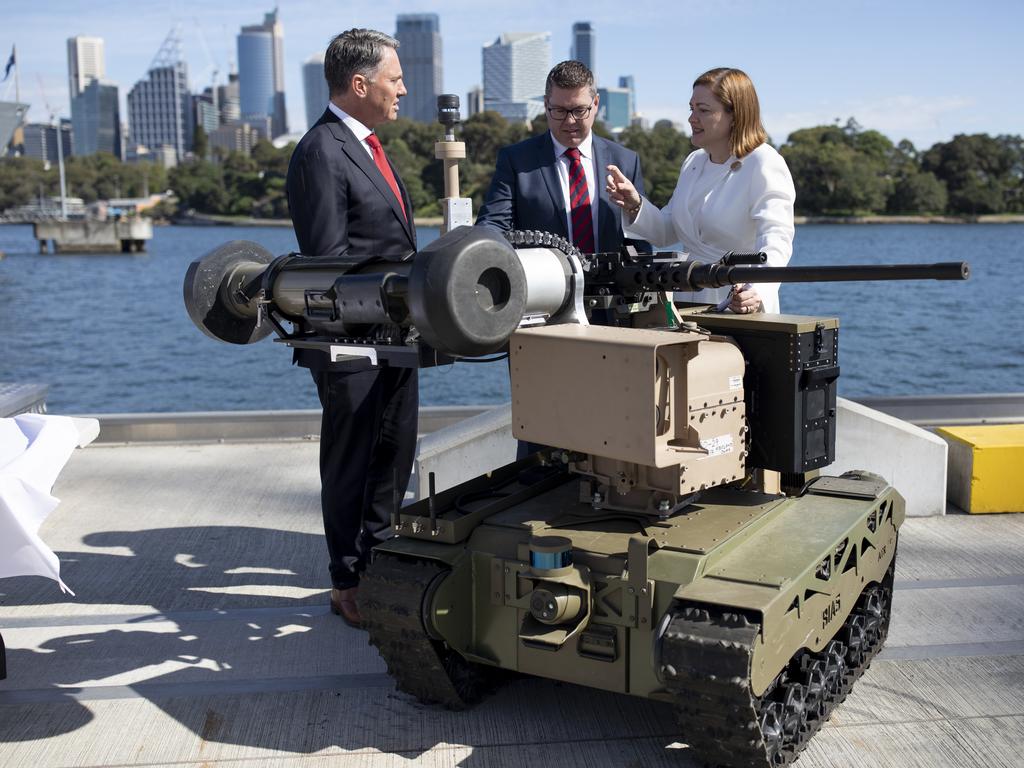
The future of Australia’s defence depends on our ability to be on the front foot with capability development. Investing in a strong innovation, science and technology (IS&T) sector is critical to deliver on this intent.
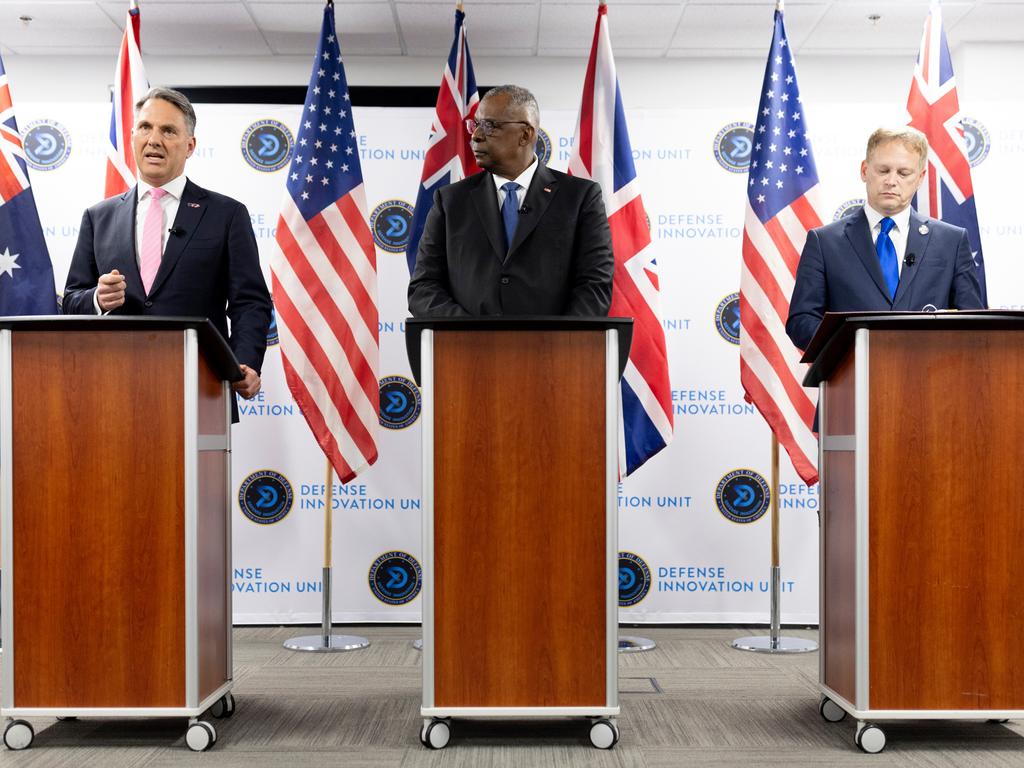
The AUKUS partnership has two pillars. The first is about nuclear-powered submarines, but the second is about ‘advanced capabilities’ that the US, the UK and Australia will need to develop in partnership.
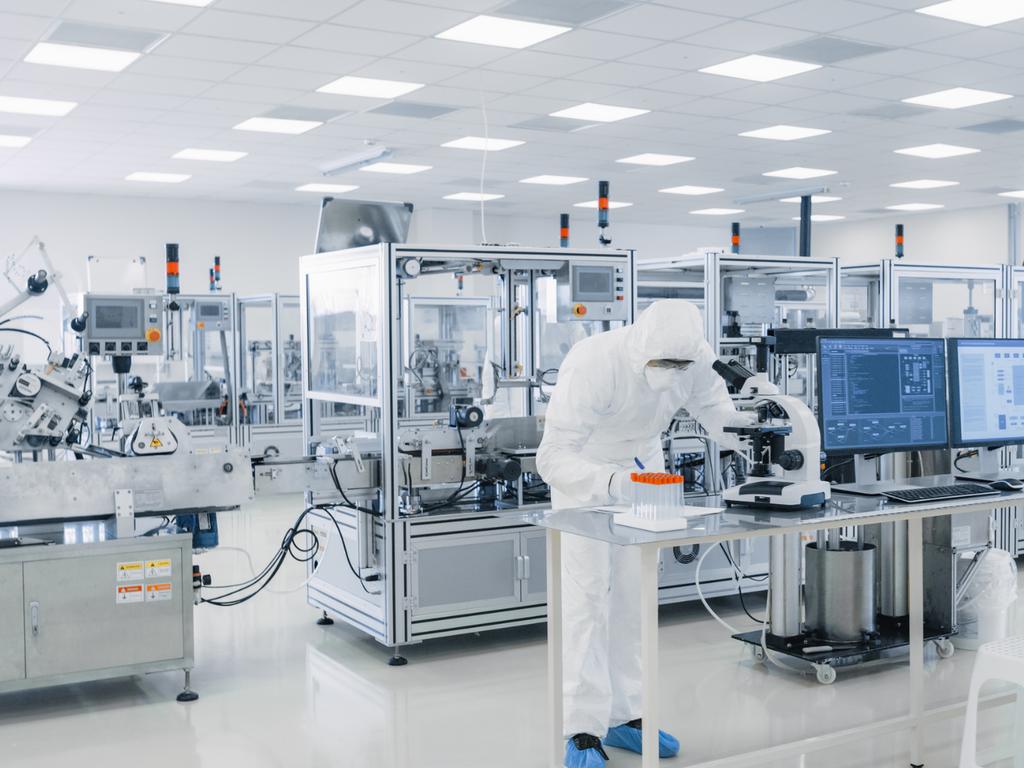
Tripartite partnerships between government, industry and universities will not only bolster national security but build the Australian economy of the future.

Encompassing a wide range of advanced defence technologies from hypersonics to quantum, AUKUS Pillar 2 has missed out on the top-level political pageantry and big-ticket announcements.
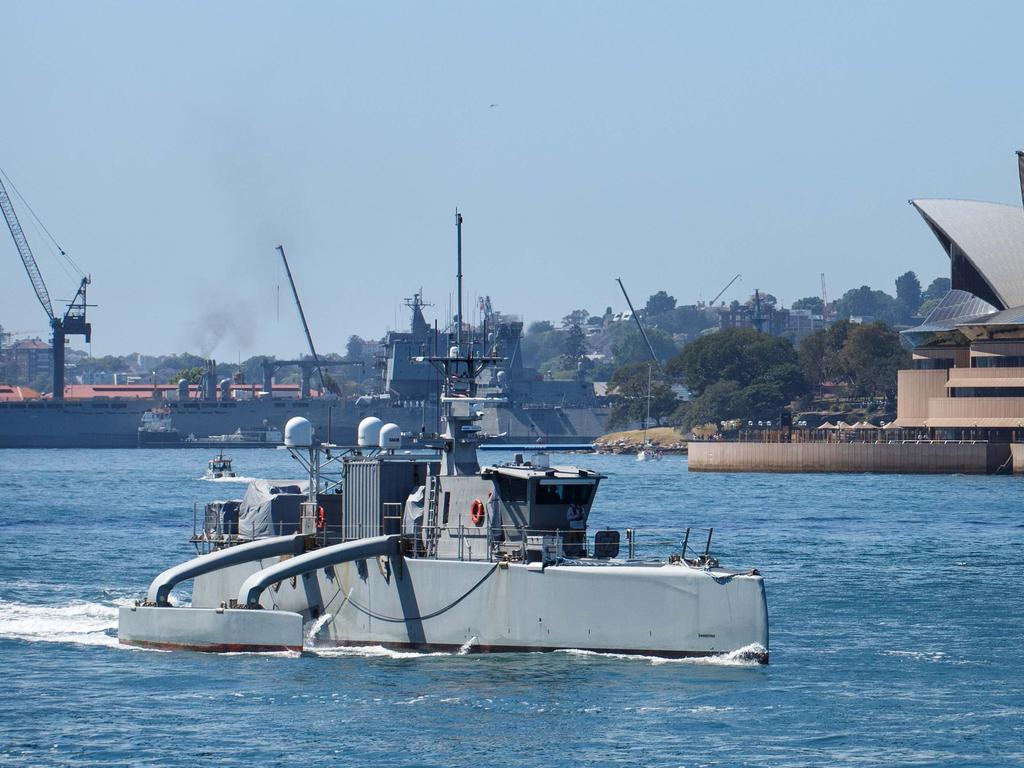
Defence’s response to the Navy’s surface fleet review, published in February, said the RAN would field six Large Optionally Manned Surface Vessels in the 2030s to carry missile launch systems.
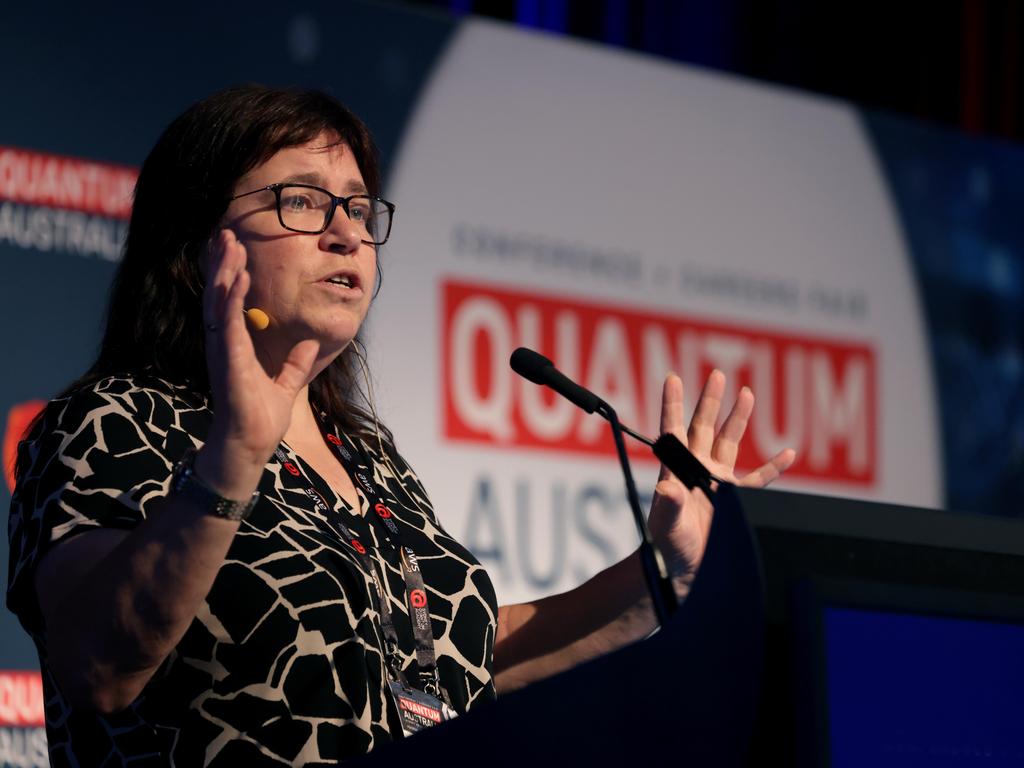
It’s been just nine months since the Advanced Strategic Capabilities Accelerator was formed. Few thought it would achieve anything worthwhile. Under its new head, Professor Emily Hilder, ASCA aims to prove the doubters wrong.
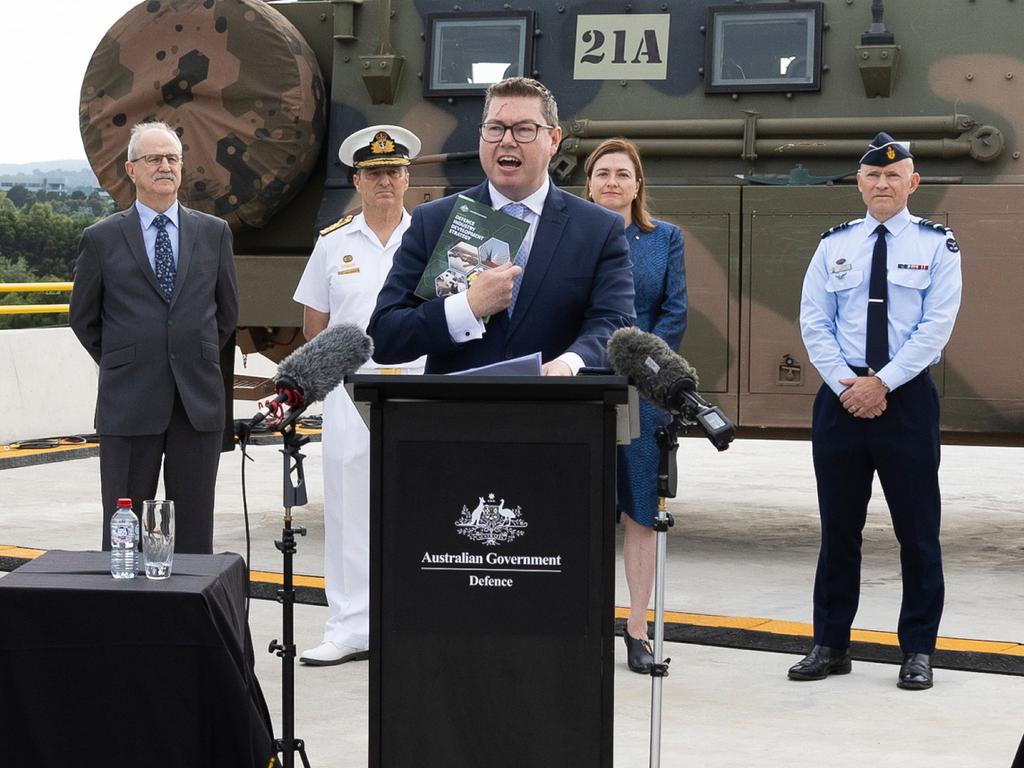
Never before has a strong and sovereign innovation, science and technology sector been so important to our national security.
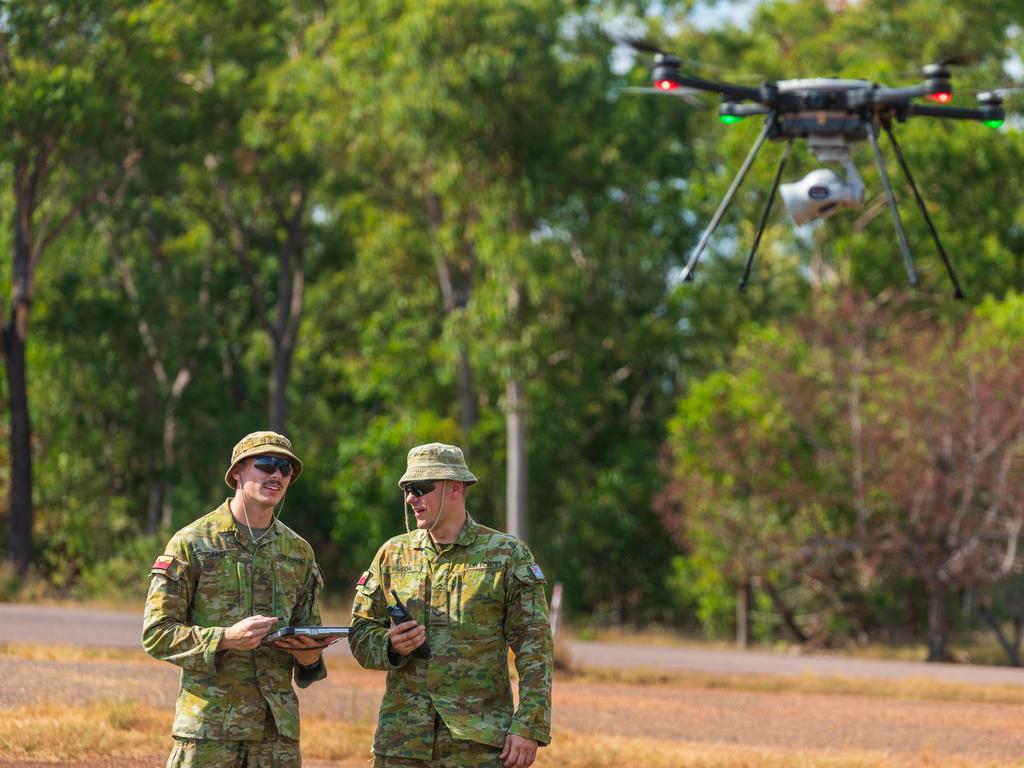
Last year’s Defence Strategic Review stated that Defence must harness advanced and emerging technologies to provide asymmetric advantage for the Australian Defence Force.
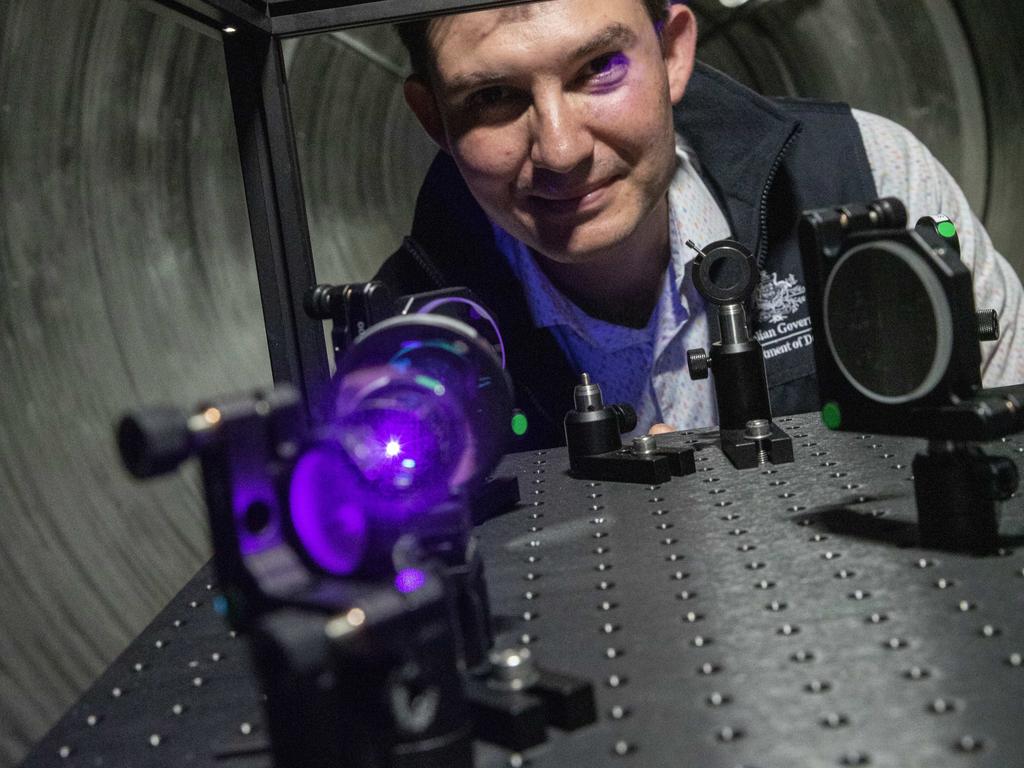
Drawing on Australia’s strong reputation in quantum technologies, scientists at DSTG, in partnership with universities and industry, are forging ahead with quantum positioning, navigation and timing (PNT) research.
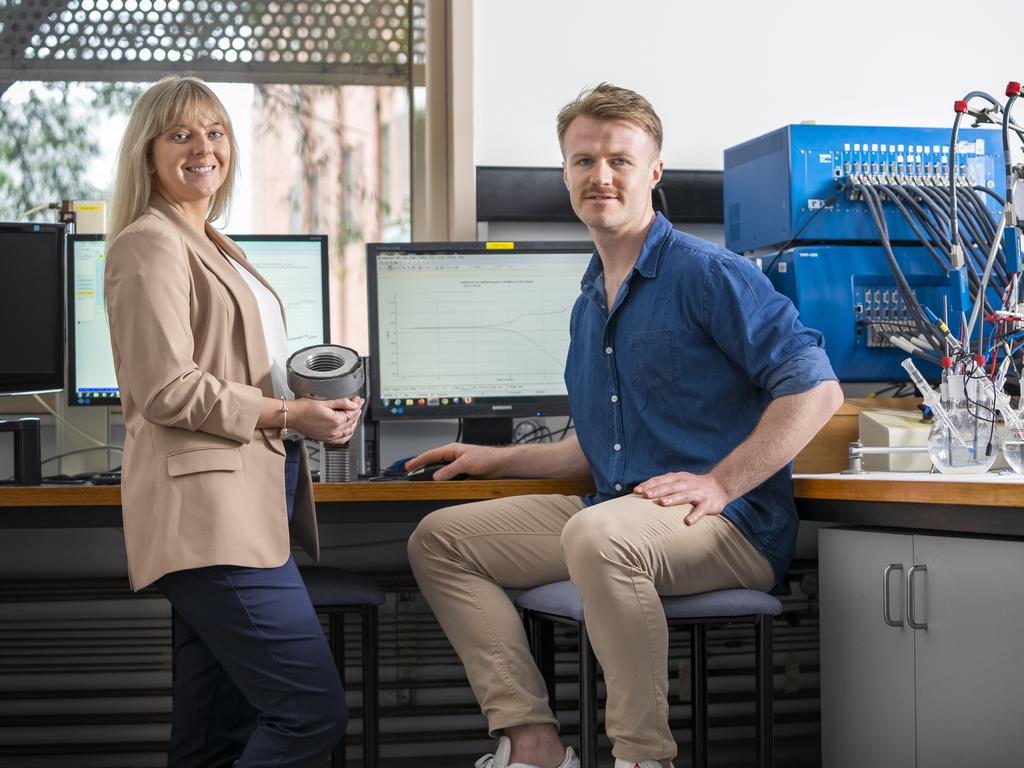
Defence is working to inspire and encourage children, adolescents and adults from all backgrounds to pursue STEM careers.
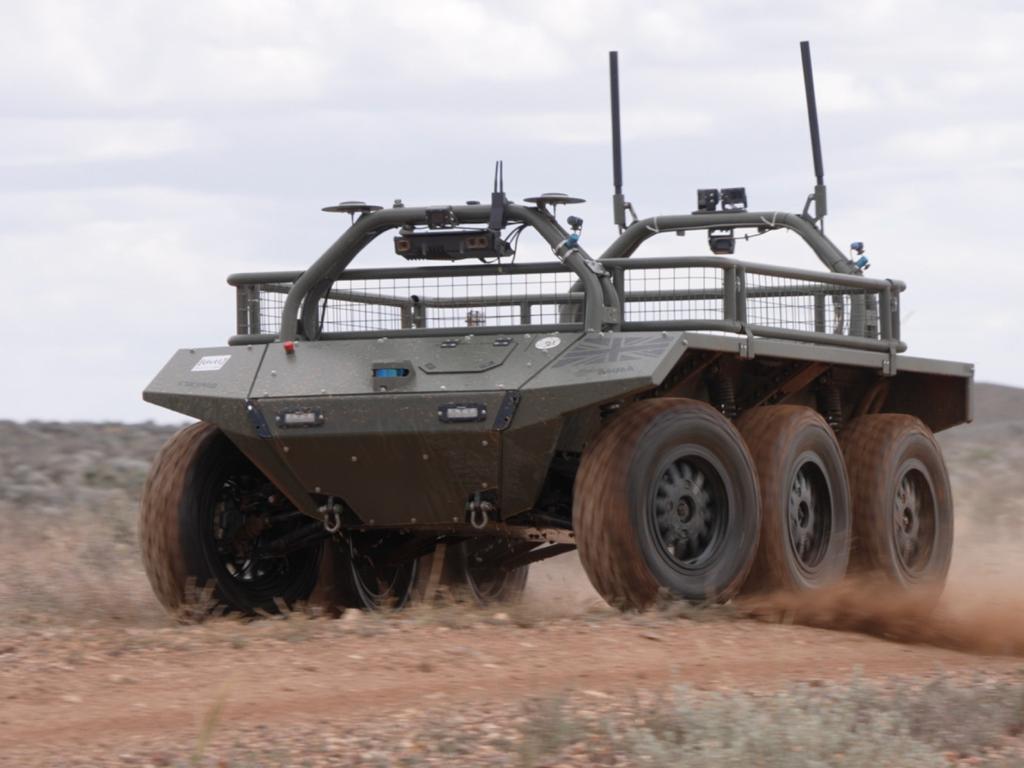
Australian defence experts have been developing responsible artificial intelligence defence systems, galvanised by increasing geopolitical friction during Russia’s full-scale invasion of Ukraine.
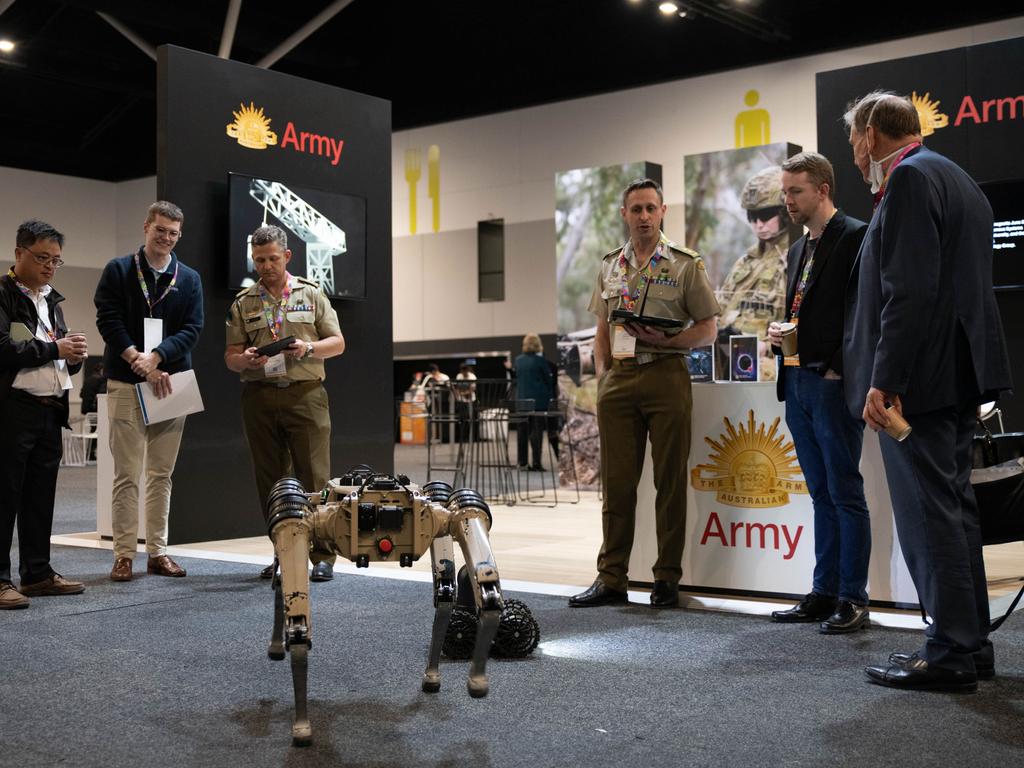
ADSTAR 2024 will feature the latest developments in next-generation defence science and technology
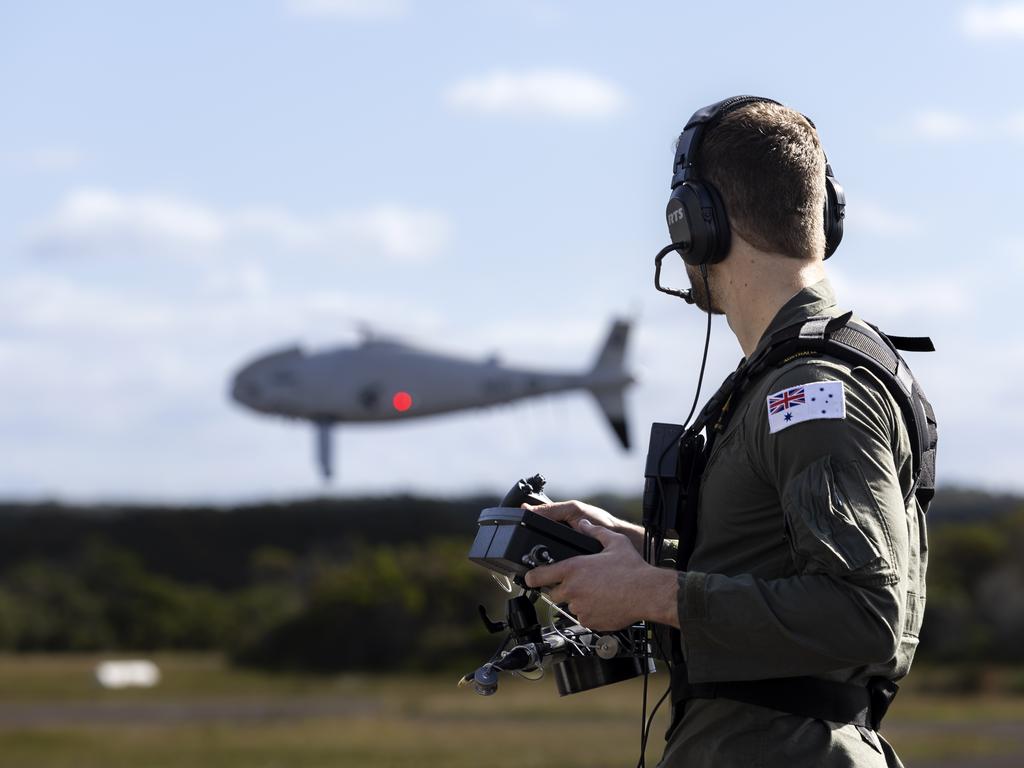
The Defence-funded Trusted Autonomous Systems Defence CRC (TAS DCRC) in Brisbane has become a global leader in the ethics of autonomy.
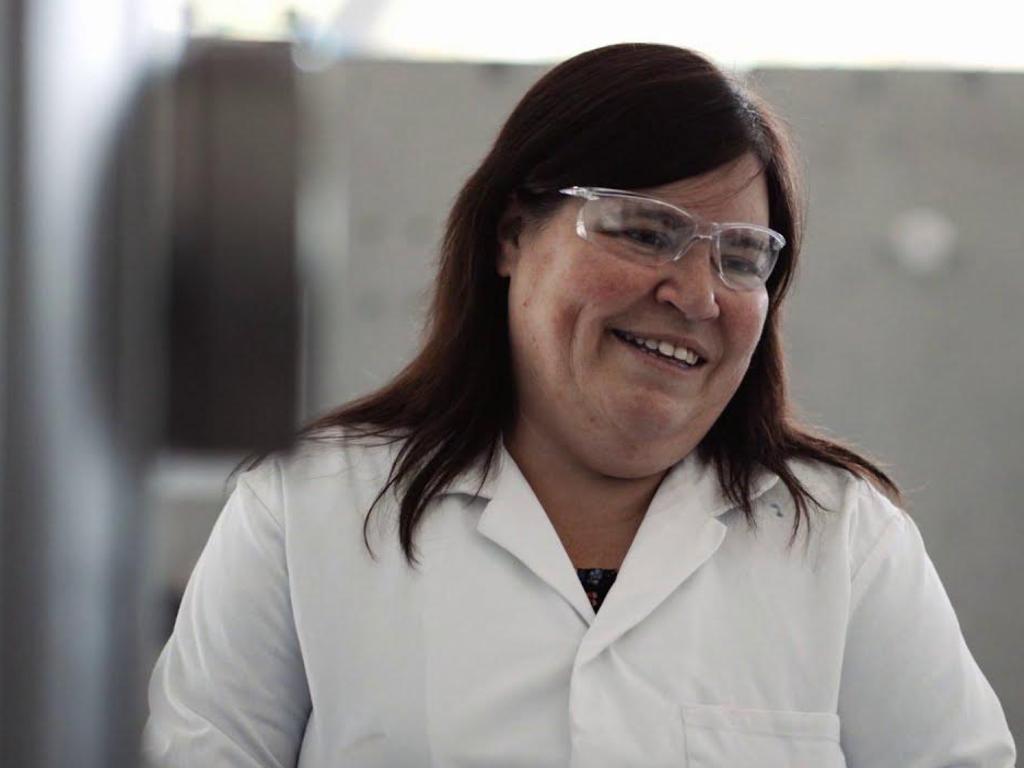
The Advanced Strategic Capability Accelerator (ASCA), has embraced courage in every aspect of how it is transforming the way breakthrough military solutions are delivered.
Original URL: https://www.theaustralian.com.au/special-reports/defence-research